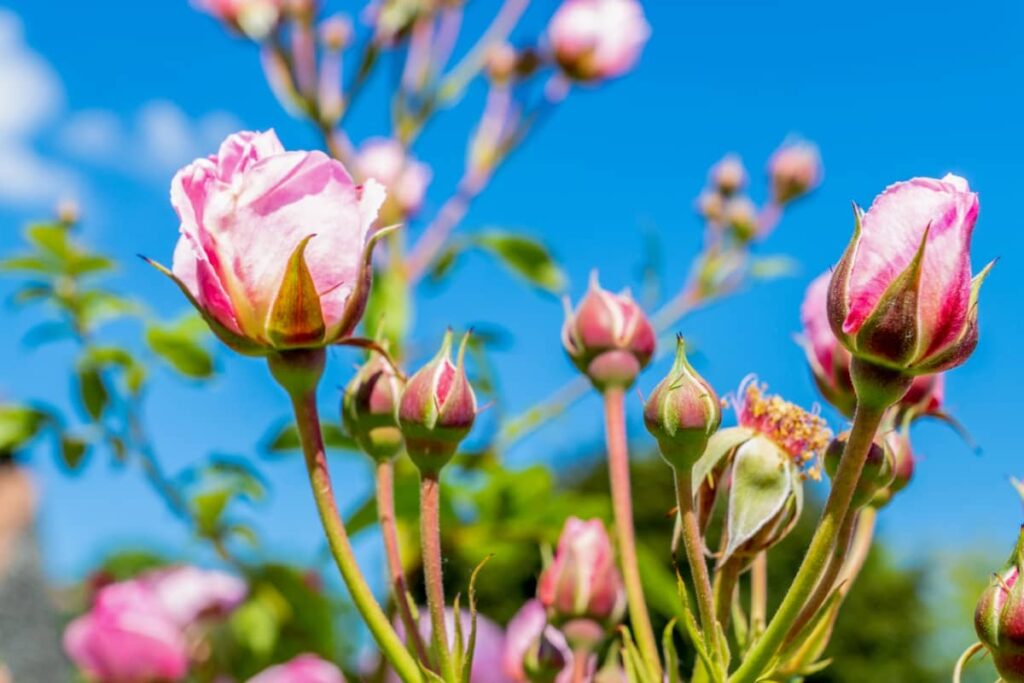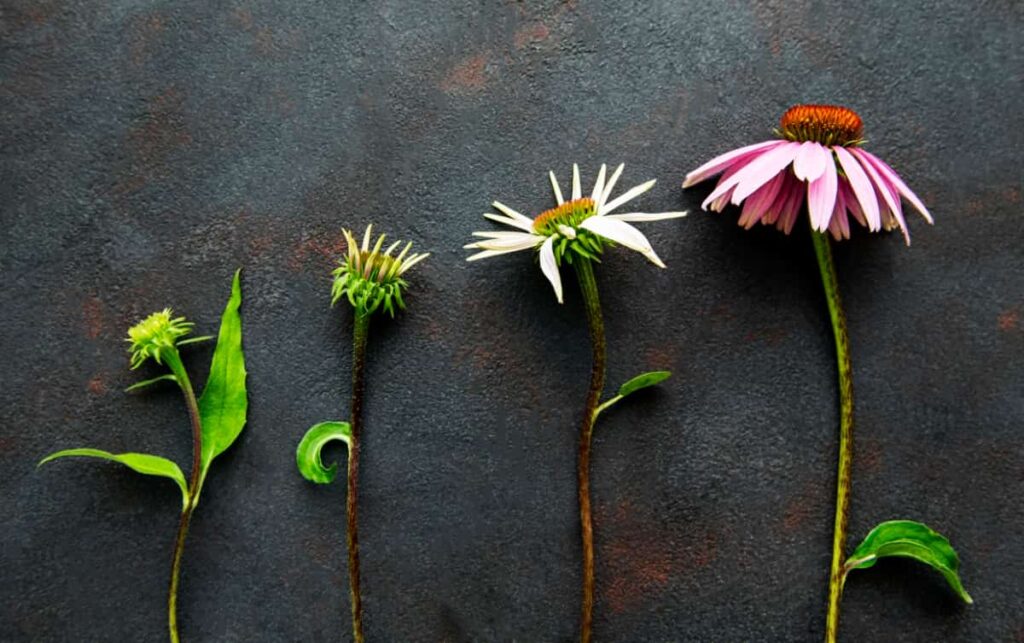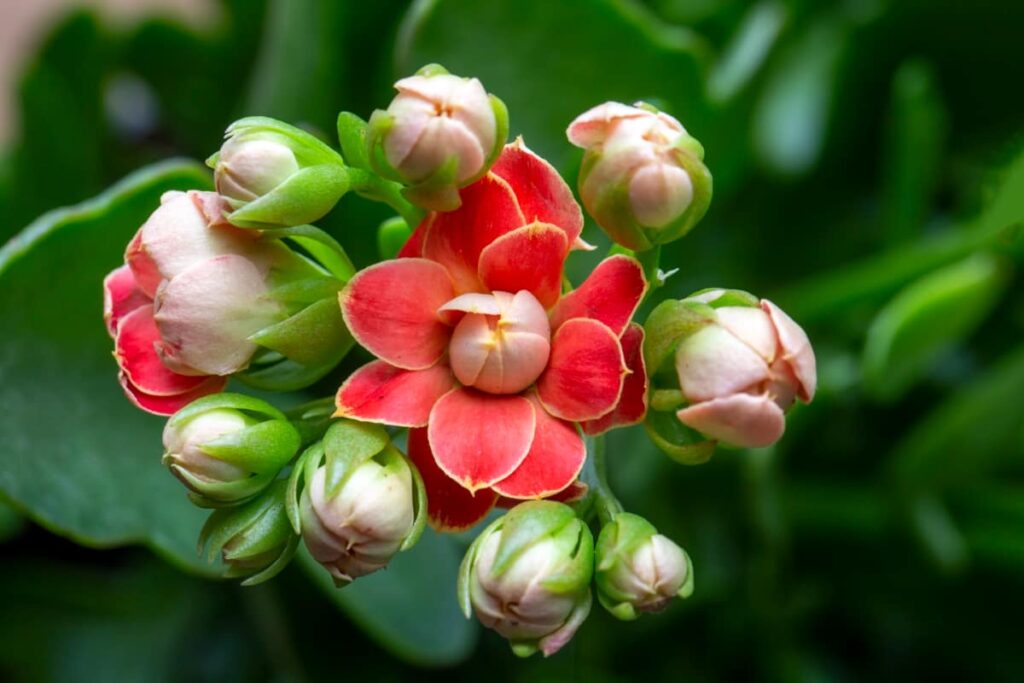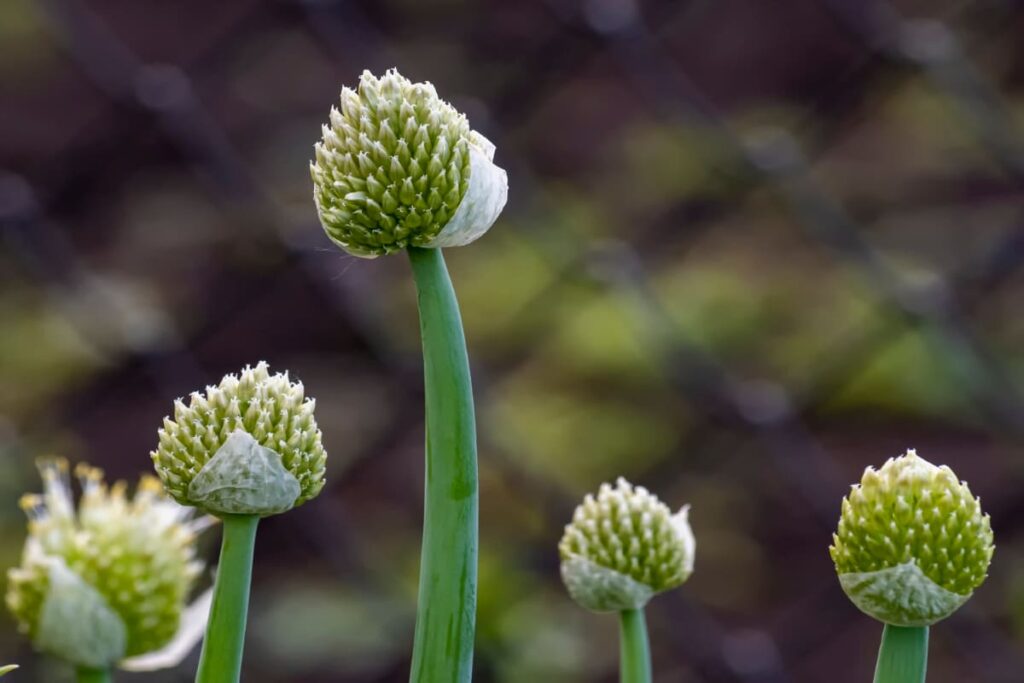Flower development involves a complex series of processes, from bud formation to blooming. Flower development failure can be a frustrating challenge for any gardener. Understanding the causes behind flower development failure issues is crucial to ensuring your plants bloom beautifully.

Overview of Flower Development Failure
The Basics of Flower Development
From seed germination to flowering, each stage in the life cycle of a plant plays a crucial role in determining the success of flower development. Factors like temperature, light, water availability, and soil nutrients all influence how well a plant can grow and produce beautiful blooms.
Overview of Common Causes Behind Failure
Understanding the common causes behind flower failures is essential to prevent them from occurring in the future. One of the primary reasons for flower development failure is pest and disease infestations. Insects like aphids, spider mites, and fungal diseases can wreak havoc on plants, hindering their ability to bloom and flourish.
Improper pruning techniques and neglecting plant care practices can also contribute to poor flower development. Plant stress from environmental impact on flowering, such as extreme temperatures, drought, or inadequate sunlight, can stunt flower growth. It’s important to create optimal growing conditions to support robust blooming.
Genetic Factors Affecting Flowering
Role of Plant Genetics in Flower Development
Each plant species has its unique genetic makeup that influences how and when it flowers. Some plants may be predisposed to certain flowering issues due to their genetic characteristics. Genetics determine the overall potential of a plant to produce healthy and abundant blooms. Some plants are genetically predisposed to bloom more prolifically than others, while some may have a slower or more sporadic blooming pattern.
Varietal Susceptibility to Flowering Issues
Varietal susceptibility plays a significant part in determining how well a plant will bloom. Certain varieties may be more prone to flowering problems compared to others, depending on their genetic composition. Understanding the genetic factors affecting flowering can help growers select the right plant varieties for optimal blooming success.
Environmental Influences on Flowering
Temperature Extremes and Flower Development
Temperature effects on flower development can either stimulate or hinder flowering. Sudden temperature drops may damage emerging buds, while prolonged heat waves can cause stress and affect blooming. For example, extreme heat can cause flower buds to drop prematurely, while frost and freezing temperatures can damage delicate blooms. Some plants may require specific temperature ranges to initiate and sustain blooming, while others may be more tolerant of fluctuations.
Light Exposure and Its Impact on Flowering
Light exposure is another crucial factor influencing flower development. Insufficient light may lead to poor flower formation, affecting the overall quality of blooms. On the other hand, excessive sunlight can result in sunburned petals and stunted growth. Finding the right balance between temperature and light is essential for optimal flower development.
Soil Health and Nutrient Management
Nutrient Deficiencies Hindering Flower Growth
Soil health for flowering plants plays a crucial role in the successful growth of flowers. Nutrient deficiencies can hinder flower development, leading to stunted growth. It is essential to ensure that the soil is rich in essential nutrients like NPK (nitrogen, phosphorus, and potassium) to support healthy flowering.
The Importance of Soil pH for Healthy Flowers
Maintaining the right pH level in the soil is vital for optimal flower health. Different types of flowers thrive in specific pH ranges, so it’s important to test your soil and adjust its acidity or alkalinity accordingly. A balanced pH ensures that plants can absorb nutrients effectively and encourages robust flower production.
In case you missed it: Best Fertilizer That Makes Flowers Bloom: Organic and Synthetic Solutions

Water Stress and Its Effects
Overwatering vs. Underwatering: Finding the Balance
Water is essential for the growth and development of flowers. However, too much or too little water can have detrimental effects on their health. Overwatering effects on flower development can lead to root rot, depriving the plant of the oxygen it needs to thrive. On the other hand, underwatering can cause wilting and stunted growth as the plant struggles to absorb nutrients from dry soil.
To find the balance, it’s crucial to understand your plant’s specific water requirements based on its species and environmental conditions. Factors like humidity levels and temperature play a significant role in determining how often you should water your flowers.
Strategies for Optimal Water Management
One effective strategy for optimal water management is to observe your plants regularly. Check the soil moisture level; if it feels dry an inch below the surface, it’s time to water. Remember that different flower plants have varying needs when it comes to watering frequency and quantity.
Pollination and Reproductive Challenges
The Crucial Role of Pollinators in Flowering Plants
Pollination is like nature’s matchmaking service, connecting flowers with their potential suitors. Pollinators play a crucial role in this floral dating game by transferring pollen from one flower to another. Without them, many plants would struggle to reproduce.
Addressing Poor Pollination: Techniques and Solutions
Poor pollination can lead to disappointing blooms and low fruit sets. To address this challenge, gardeners can take proactive steps such as planting a variety of flowering plants to attract different pollinators. By understanding the needs of these vital partners in the gardening world, we can ensure successful pollination and abundant blooms for seasons to come.
Pest and Disease Impact on Flowers
Common Pests and Diseases Affecting Flower Development
Common pests like aphids, spider mites, and caterpillars can affect your flower plants by feeding on their leaves and buds. These tiny intruders can weaken the plant and inhibit proper flower development. On the other hand, diseases such as powdery mildew, botrytis blight, and root rot can also hinder the growth of your flowers. As they spread throughout the plant, they disrupt its natural processes and may even lead to wilting or death.
Integrated Management Strategies for Healthy Blooms
Integrated pest management strategies are crucial for maintaining healthy plants. Encourage beneficial insects to control pest populations in your garden naturally. Neem oil can also be effective against common pests without harming beneficial organisms.
Regularly inspect your flower plants for signs of disease, such as leaf spots or wilting. Proper sanitation practices, including pruning infected areas and removing debris, can help prevent the spread of pathogens. Consider planting disease-resistant varieties to minimize the risk of infections. Rotate crops each season to reduce the buildup of soil-borne diseases in your garden beds.
Pruning and Plant Care Practices
Pruning Techniques to Promote Healthy Flowering
Pruning is an essential practice to ensure healthy flower development in your plants. By strategically removing dead or overgrown branches, you allow for better air circulation to reach the flowers. This promotes optimal growth and blooming. When pruning for flowering plants, it’s crucial to use sharp tools to prevent damage or infection. Removing weak or diseased branches also helps the plant focus its energy on producing healthy blooms.
The Effect of Plant Stress on Flower Development
Plant stress can have a major impact on flower development. Factors such as extreme temperatures, insufficient water, or poor soil quality can all contribute to plants experiencing stress. When plants are stressed, they may redirect their energy towards survival rather than flowering, leading to stunted or delayed blooming. Providing adequate water and nutrients and maintaining optimal growing conditions can help alleviate plant stress and encourage healthy flower development.
In case you missed it: How to Stop Coconut Flower Drop: Proven Remedies and Effective Treatments

Chemical Influences and Pesticide Use
The Role of Growth Regulators in Flower Development
Growth regulators are key players in this process, helping to control various aspects of plant growth, such as flowering, fruit development, and overall health. However, it’s important to note that improper use of growth regulators or excessive pesticide application can have negative consequences on flower development. This is why it’s crucial to follow recommended dosage guidelines and application methods to avoid any adverse effects on plants.
Mitigating Negative Effects of Pesticides on Flowering
When it comes to flower development, the use of pesticides can have both positive and negative effects. While pesticides help control pests and diseases, they can also harm the delicate process of flowering. To mitigate these negative effects, it’s essential to be mindful of the type and amount of pesticide being used.
One way to reduce the impact of pesticides on flowering is by opting for organic or natural alternatives whenever possible. These options are typically less harmful to plants while still effectively managing pests. Another approach is to follow the application instructions provided by manufacturers carefully.
In case you missed it: Maximizing Blooms: The Ultimate Guide to Using Epsom Salt for Flowering Plants

Conclusion
Flower development failure can be a frustrating mystery for many gardeners. Genetic factors play a significant role in flower development, with different plant varieties exhibiting varying degrees of susceptibility to flowering issues. Environmental influences like temperature extremes and light exposure can also impact the growth and blooming of flowers. By understanding the various causes behind poor blooming, you’ll be better equipped to unlock the secrets to successful flower growth in your garden.
- Aquaponic Farming at Home: A Step-By-Step Guide
- Profitable Village Farming Business Ideas in 2024
- High-Yield Aquaculture: Fast-Growing Fish for Farming
- Effective Fish Pond Construction Techniques for Beginners
- Irrigation and Water Management in Pineapple Farming
- Blossom to Harvest: Mastering Flowering and Pollination in Papaya Farming
- Pig Fattening Essentials: From Selection to Sale for Beginners
- Raising Wagyu Cattle: A Complete Guide for Premium Beef Production
- Soil Types and Their Water Holding Capacity
